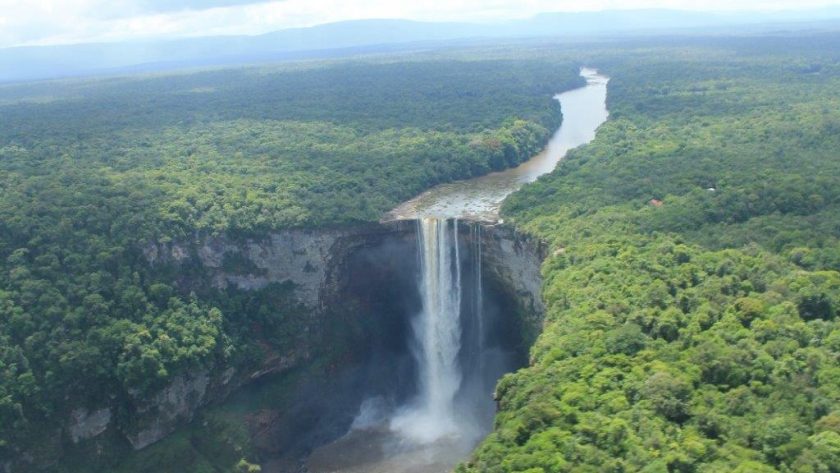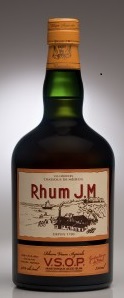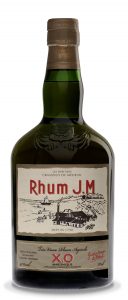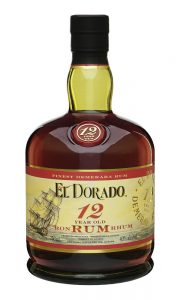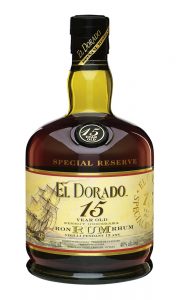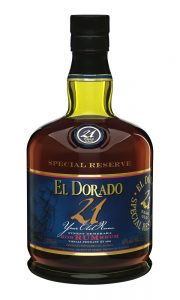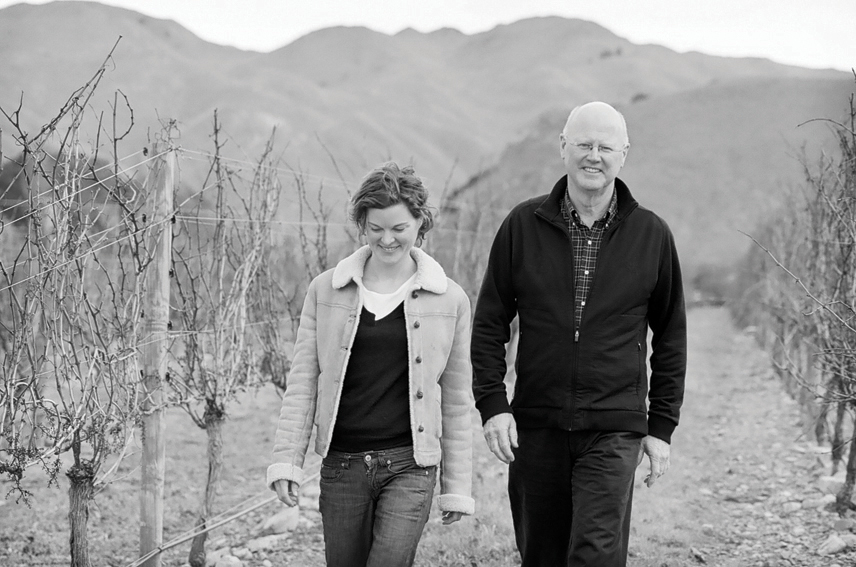Since the beginnings of nautical exploration, conquistadors, and piracy on the high seas, sugarcane and its sweet, spiced, intoxicating spirit have always been intimately tied to a rich, molasses-hued history. The boozy dram of which we speak was bought, traded, stolen and consumed by pirates, privateers, and navies alike.
The American colonies were rum crazy. In fact, rum production became the primary use for imported sugar. At the time, American colonies favored rum over whiskey or gin due to its sweet, exotic, luxurious qualities. New England rum makers dominated the sugar imports until the mid-19th century. After that, Latin America and the Caribbean, where the sugar originated, became the major production centers. Fermentation, distillation, and aging techniques differed from country to country based on varying histories of colonization.
From Adolphus Busch to Robert Mondavi, from the moonshiners of the Ozarks to the rum runners of the Caribbean, America’s love of alcohol is the sum of so many parts. A true cuvee, so to speak. The opinions of the public and professionals, their ever evolving tastes and the resulting trends that follow are cyclical, like all market and economic trends. In fact, rum has enjoyed quite the renaissance in the past century. Why, you ask? There are many reasons!
One of the joys of rum is the ability to transport its imbiber to a place far away from home. Soldiers returning home from both World Wars had been exposed to the exotic cultures and flavors of Polynesia, and developed a taste for rum. In 1934, Tiki culture firmly established itself in American history with trailblazers like Don The Beachcomber and Trader Vic creating Polynesian themed restaurants/bars with exotic cocktails like the Scorpion, Zombie, and Mai Tai. Now, one had to travel no farther than their local tiki hotspot to get their fix.
American’s have some of the sweetest of sweet teeth. That goes for food, soda, wine, and distillates alike. One obvious example of the American taste for sweetness is Anejo Tequila, aged in once used bourbon barrels for more than 12 months. Anejo Tequila often speaks more of whiskey than the agave from which it is distilled. How about bourbon? That whiskey is 51% or more corn-based and combined with wood for a deep concentration of flavor that comes with time. American whiskey is a sweet dram by definition. And that’s before you mix it into an Old Fashioned.
The thirst for bourbon seems insatiable and sales have grown nearly 40% over the past decade. Unfortunately, aging spirits cannot be willed. Sure, there are some shortcuts, but there is no true shortcut for father time.
“New stills must be produced to make more bourbon, new warehouses are required to store more barrels, which themselves have been battling scarcity issues due both to demand and inclement weather, and then that bourbon must sit, and sit, and sit,” said Jim Rutledge, the Master Distiller of Four Roses.
So what does all of this mean as it pertains to rum? From where I sit, the demand and price for whiskey of all kinds continues to rise dramatically while the supply dwindles This paves the way for other available, affordable, well-aged spirits to have their moment. Do you know what spirit can be incredibly well-aged in half the time due the base material and terroir in which it is created? A spirit that is distilled from sugarcane, that achieves the balance of sweet, acidic, and fruit that is preferred by the American palate. You guessed it. RUM/RHUM!
Rhum J.M
The island of Martinique carries an AOC Rhum classification, the only spirits classification of its kind, and Rhum J.M produces among the finest rhums in the world. The Rhum J.M estates and distillery, founded over 160 years ago by the de Médeuil family, are on the island’s northernmost tip at the base of an active volcano. The island’s intense tropical heat and humidity combined with the nutrient-rich volcanic soil creates a microclimate yielding sugarcane of exceptional quality. Taking its Rhum producing equipment and techniques from the French, by whom the island was settled, these rhums have similar qualities to that of Armagnac. Rhum J.M’s aged rums are not just some of the finest sipping rums in the world, but some of the finest spirits in general.
Rhum Agricole VSOP, Rhum JM
Rhum J.M V.S.O.P. is created by aging rhum for three years in re-charred Bourbon barrels and finishing the rhum an additional year in lightly toasted new American oak barrels. The Rhum is finally reduced to 43 % ABV with pure volcanic spring water from Habitation Bellevue. This extraordinary aged rhum retains qualities of the natural terroir and sugarcane of Habitation Bellevue. Expect to find a nougat richness with flavors of cinnamon, clove, spiced butter, and lemony toffee. Full bodied and intensely flavored, this rhum almost resembles rye whiskey with its dry, floral, grassy spiciness.
Rhum Agricole XO, Rhum JM
Aged 100% in re-charred Bourbon barrels, the elegant copper tone precedes a gorgeous rhum on the palate. It has a generous bouquet of toasted nut, lemon and sage on the nose, which complements chewy sweet cake as well as mango and passion fruit flavors. The experience is accented by white pepper, cinnamon, and nutmeg.
El Dorado Rum
The evolution of Guyanese rum distillation dates back nearly 400 years. Upon arriving in Guyana in 1498, Christopher Columbus began planting the soon-to-be cash crop, sugarcane. 150 years later, the Dutch came to Guyana and established the first settlements of Essequibo and Berbice, introducing the cultivation of sugercane along the coastal plain and the banks of the great rivers.
At its peak Guyana was home to over 300 sugar estates with distilleries, each producing their own signature rums. Over the years these 300 sugar estates were whittled down to one lone estate and distillery, Plantation Diamond, located on the east bank of the Demerara River.
Today, Demerara Distillers (the parent company of El Dorado Rum) operates that last remaining distillery. Plantation Diamond houses 8 stills, some of which are the oldest operating stills in the world. These stills are all completely different in composition (greenheart wood and copper pots, double pots, columns) and size, all yielding entirely different distillates that lead to the complexity that is El Dorado Rum.
Super Premium 12 Year Old Rum
This international gold medal winner has lush tropical fruit flavors with a spiced nose of of honey and dark sugar. The body is rich, mellow and full yet finishes elegant and spicy, resembling a well-aged bourbon.
Special Reserve 15yr Rum
El Dorado 15yr is the benchmark of aged rum in the Caribbean. This rum has a nose full of coffee beans, candied orange, almonds, chocolate and vanilla. Beautifully rounded on the palate with lingering flavors of cooked fruit and a dry, oaky spice. El Dorado 15yr is predominantly influenced by the PM still (double wooden pot still), which produces a heavy bodied, smoky spirit. For this reason, people often reference Scotch Whisky when tasting.
Special Reserve 21yr Rum
Designed for the true rum connoisseur, the 21yr rum has a lush tropical fruit nose packed with spice, honey and brown sugar. Full bodied, silky yet mellow. This rum takes its influence from the Edward Henry Porter Still (EHP – wooden column still) and copious amounts of time in a tropical climate. This 21yr old rum is the equivalent of a 35+ year old whiskey when comparing its concentrated nature. By the time El Dorado 21yr comes out of barrel, roughly 40% of the original volume remains.




